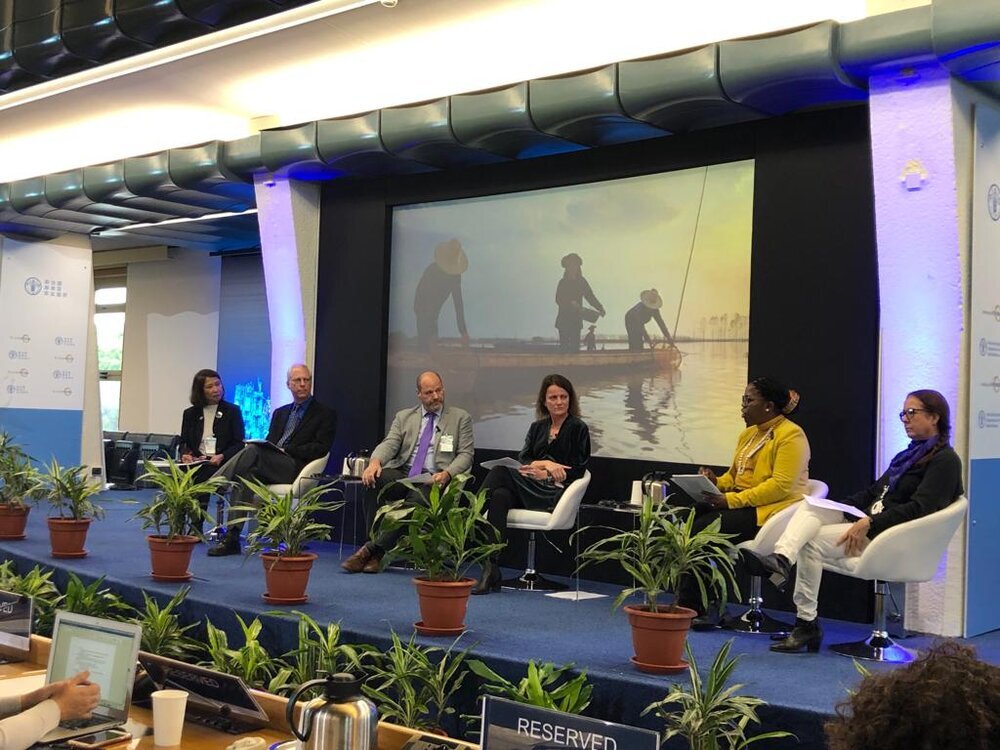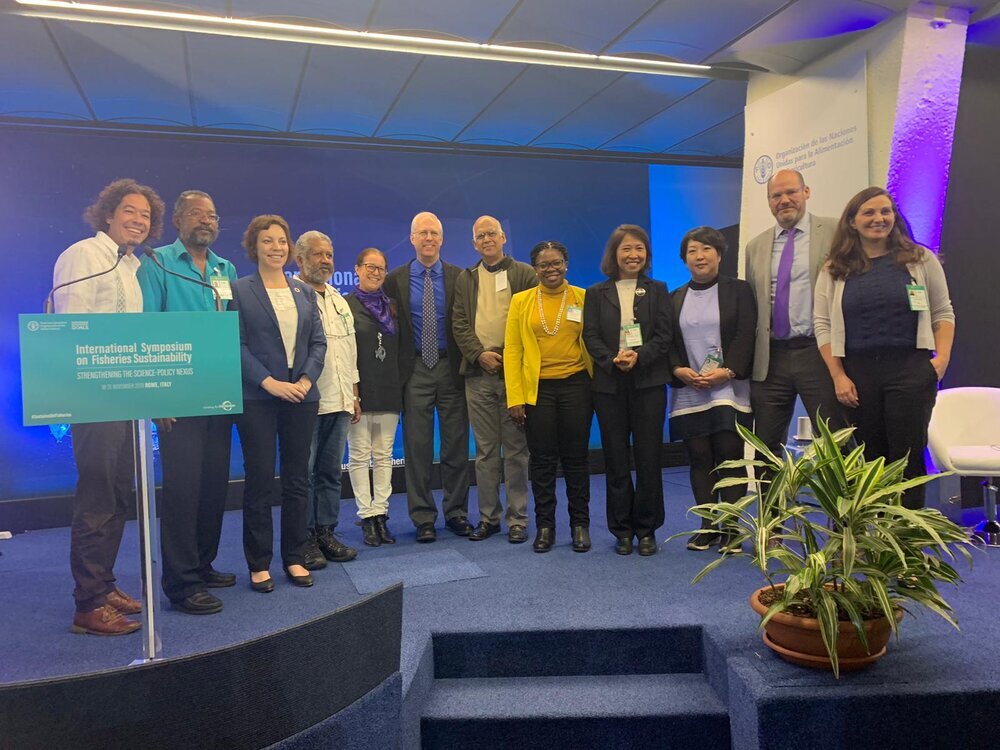Dr. Debra Gilin
Dr. Debra Gilin, a professor in Saint Mary’s University’s Faculty of Psychology, is leading a study that will rapidly develop tailored screening and intervention tools to support mental health and prevent elevated job burnout or safety risks in COVID-19-responding health care staff in Nova Scotia.
“For Nova Scotia to successfully fight COVID-19, front-line health care workers must be physically and mentally well, and feel safe at work over the long haul,” says Dr. Gilin.
Dr. Gilin’s research team is comprised of leading Canadian experts in occupational health psychology, patient and occupational safety, and job burnout (Dr. Lori Francis, Dr. Mark Fleming, and Dr. Dayna Lee-Baggley). A recent grant from the Nova Scotia COVID-19 Health Research Coalition will now help propel their work forward.
The team is poised to rapidly deliver research that will screen and intervene for job burnout among front-line health care workers and deliver a “COVID Pulse” staff screening tool to identify those at high risk of burnout. Currently, the team is actively collecting job burnout data from health care and trauma exposed front-line workers during the peak of the COVID-19 escalation in Canada and the US. From there, they will mine the data, finding the most diagnostic factors of workload, stress, personality, and life demands that predict elevated burnout. Partner groups can use “COVID Pulse” to triage the most at-risk employees for earlier and greater support and mitigation. The hope is that this tool will be available by summer.
“We know that the protection of our health care workers’ emotional well-being and safety is a critical priority to succeed in the fight against COVID-19 long-term,” says Dr. Gilin. “By leveraging in-progress research resources, we will deliver these important outcomes with minimal research burden on the front-line workers who are already shouldering a heavy toll for the good of all Nova Scotians.”
Dr. Gilin’s study will use physically-distant, confidential interview and survey methods to listen to emerging sources of stress, trauma, safety risks, and needs among key staff groups on the front lines. The team will then tailor a set of resources, supports, and direct brief interventions, to leaders and their staff.
“The healthcare system response to COVID-19 in Nova Scotia will be a marathon, rather than a sprint,” she says, “And our front-line health care workers’ physical and mental well-being is perhaps the most critical resource we must preserve to be successful in the fight.”
This research project was funded by the Nova Scotia COVID-19 Health Research Coalition. Partners include the Nova Scotia Health Authority, Dalhousie University, Dalhousie Medical Research Foundation, IWK Health Centre, IWK Foundation, QEII Health Sciences Foundation, Dartmouth General Hospital Foundation, and Research Nova Scotia. The Coalition is dedicated to leading and fostering a research environment that engages our academic partnerships and responds to the current needs of Nova Scotians and our health care system, in addition to maintaining the expertise in innovative research, discovery science, population/social sciences, and health system improvement. This funding partnership provides the opportunity to catalyze COVID-19 related research initiatives and achieve collective social impact.
Take the survey now
Researchers at Saint Mary’s are conducting this survey on empathy, burnout, and trauma among front-line workers during the COVID-19 response now, and they welcome your voice! Please consider responding, or sharing: https://traumaworksurvey.wordpress.com
For more information visit https://researchns.ca/covid19-health-research-coalition/
Note: This story originally appeared in the May Edition of the Research Nova Scotia Newsletter and has been republished with their permission.
















